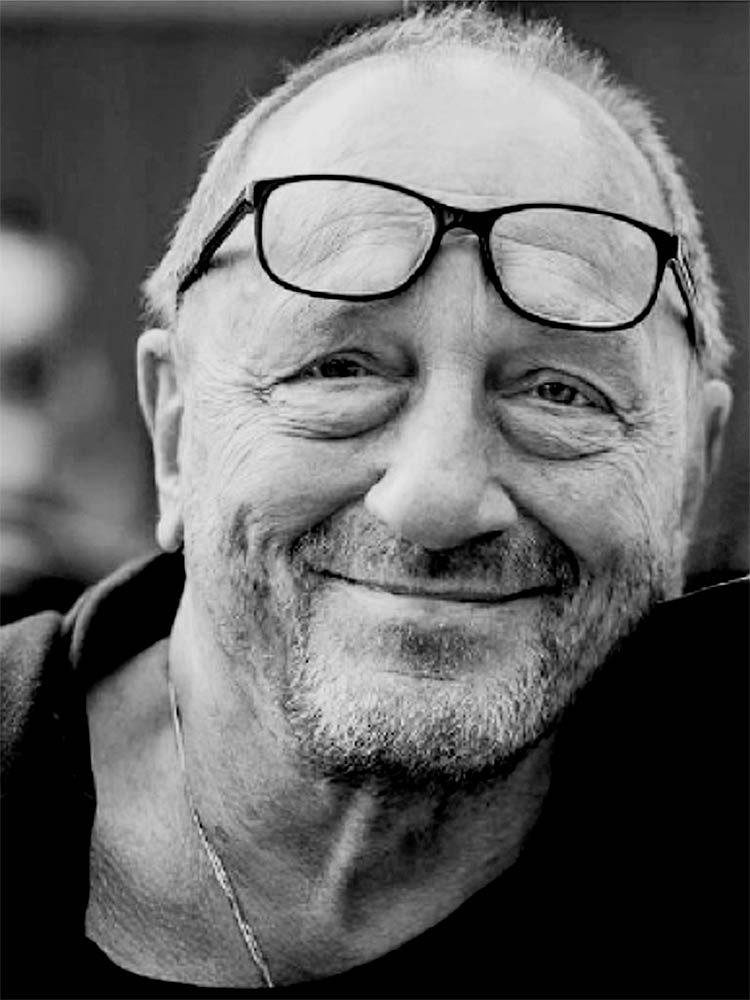Joakim Strömholm is a Swedish photographer, well-known for documentations of music, film and TV-productions, theater, musicals and showbiz.
His father Christer Strömholm wanted him to become a restaurant chef or a doctor. "As such, you will always find a job. You can not survive as a photographer.” But he gave him a Leica and access to his darkroom, and Joakim has worked with photography since then!
He has also tried professions such as guide in Paris, swimming instructor, darkroom printer, photography teacher and has worked as a "jack of all trades" on movie sets. Among other things, Joakim was Brigitte Bardots personal driver during a film shoot in Sweden 1972.
Finally he became a film-set photographer and photo editor for the Swedish TV-news. He made some documentaries and photographed a lot of rock n´roll in the 80´s and 90´s. Joakim has travelled much, to do his own photo reports and on assignments for Swedish daily, weekly and specialized press.
He is the CEO for ”
Christer Strömholm Estate”, and curates their book publishing and photography exhibitions.
